213 CD / Miracula. Medieval Music for Saint Nicholas
Description
In the middle ages, the reverence for Saint Nicolas was not limited to the Christmas season, as it is today. It is unlikely that he would have become the patron saint of sailors and other professions, had this been the case. TACET's new CD will come out before December 6th, but it is certainly not meant to be limited to that date. Thus it is not surprising that ensemble Peregrina found a great number of songs on their search for Nicolas. In putting together this program it was a great advantage to have within the ensemble, which has already received an ECHO for its work, and within its network musicologists who know where to look, how to read and interpret the sources and how to perform the music.
The music of the middle ages is strangely fascinating. Often appearing seemingly simple, monodic or reduced to basic rules of polyphony, it can induce a calm in the listener that can hardly be found anywhere today. Complicated things all of a sudden seem senseless. Of course one can try to use WhatsApp at the same time. However, the hectic typing is likely to slow down and eventually stop altogether in view of the strong attraction of these ancient sounds and the enormous spaces of time. How many generations have passed since the creation of these melodies? It is to be hoped that many listeners will turn on this music. It is impossible to turn it off anyway.
6 reviews for 213 CD / Miracula. Medieval Music for Saint Nicholas
You must be logged in to post a review.

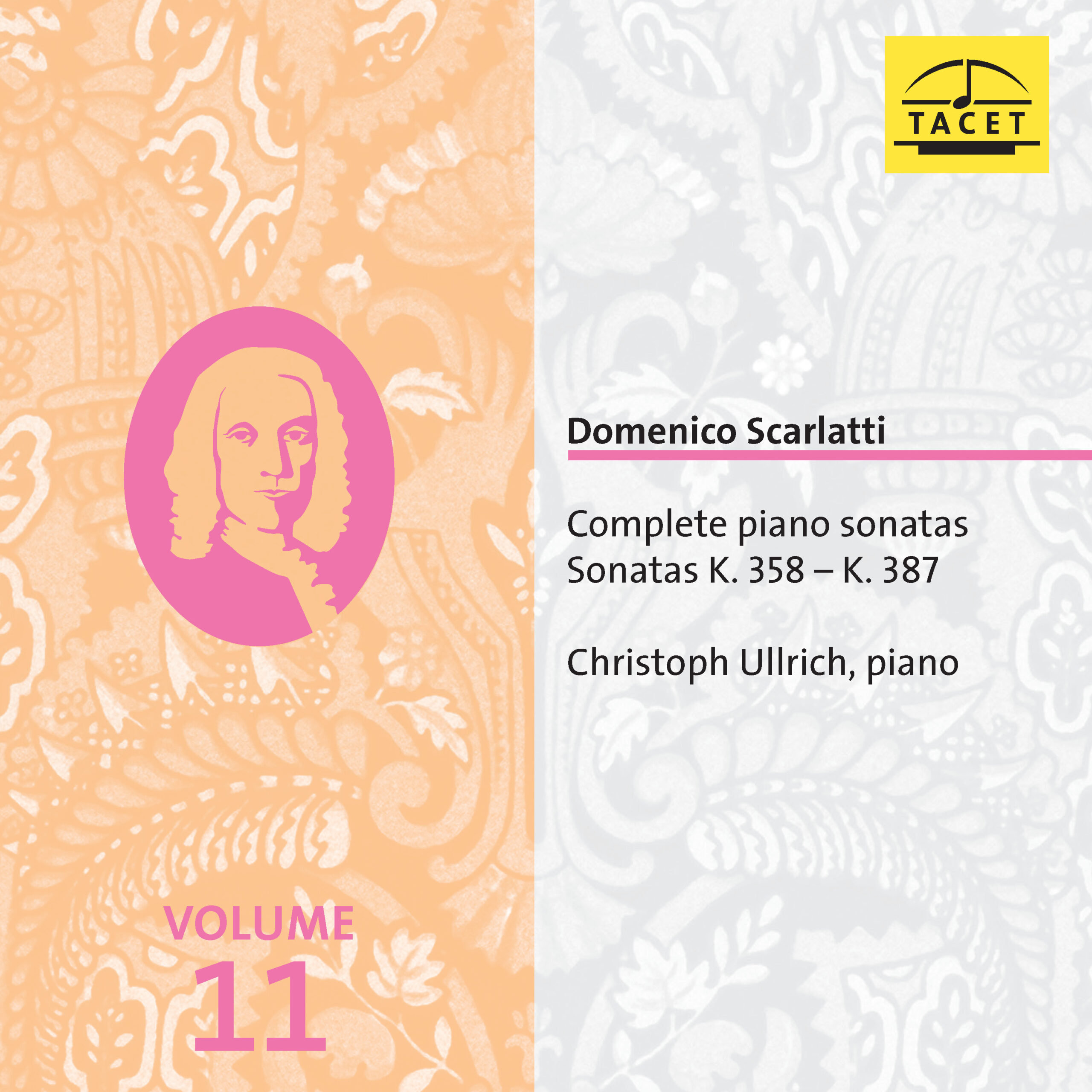
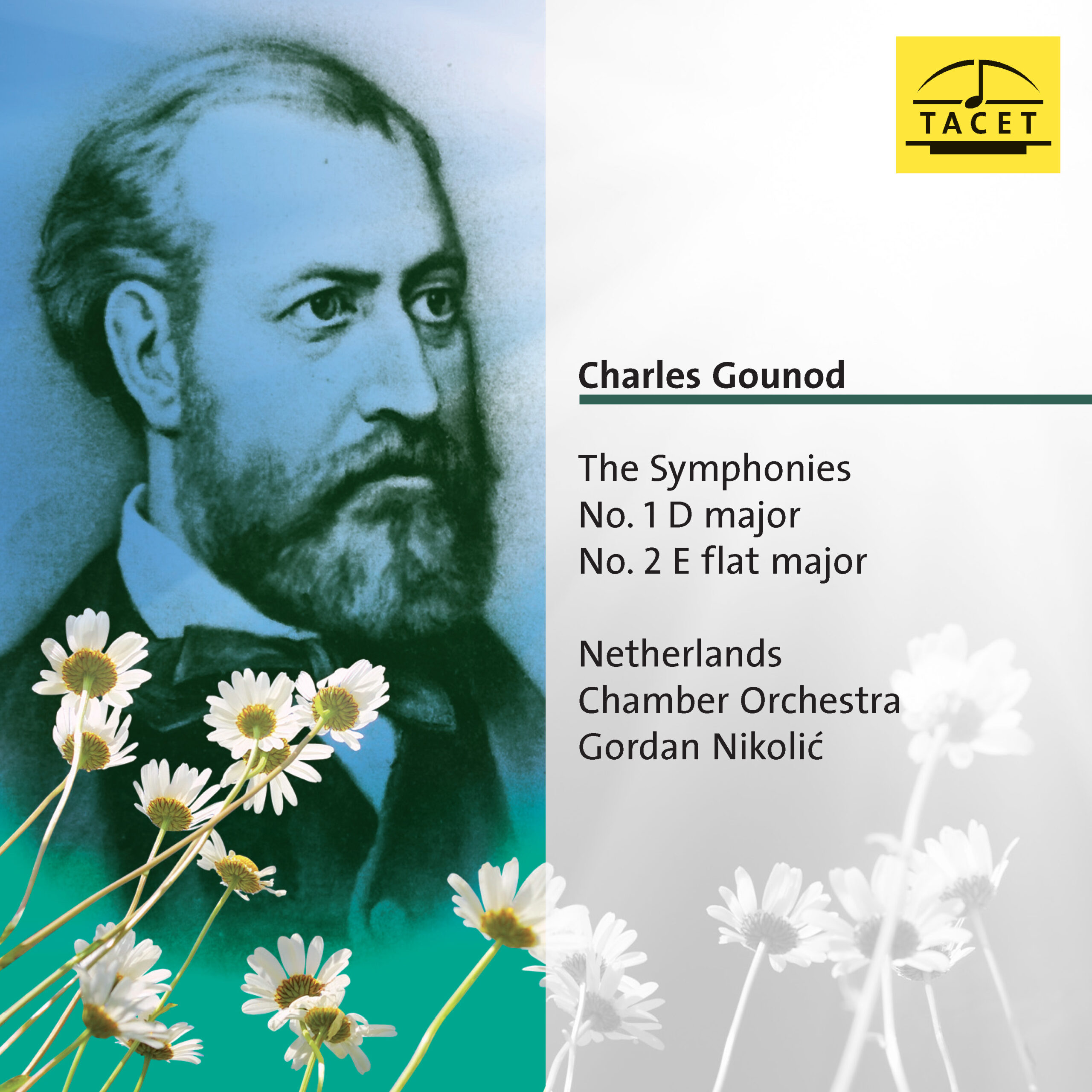
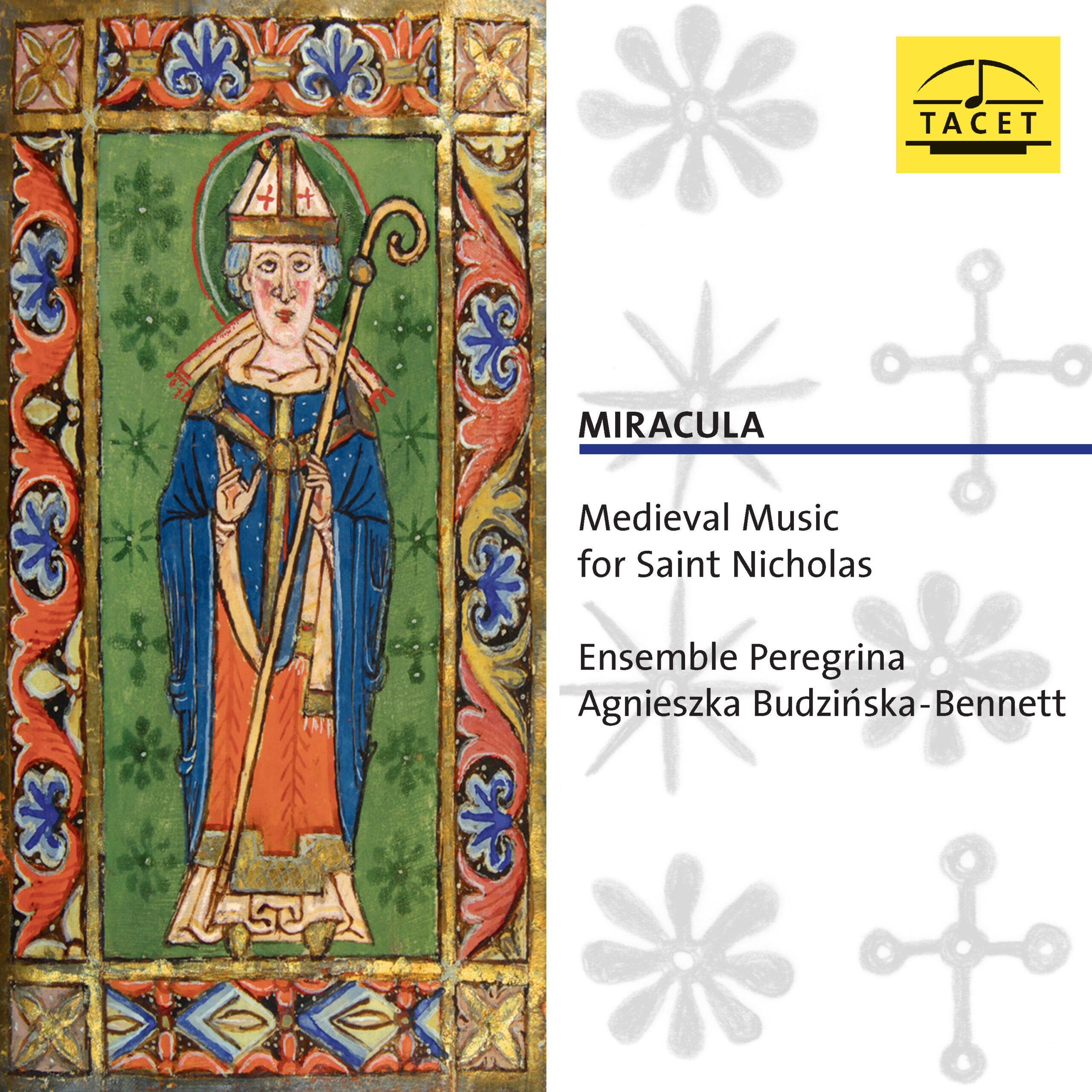
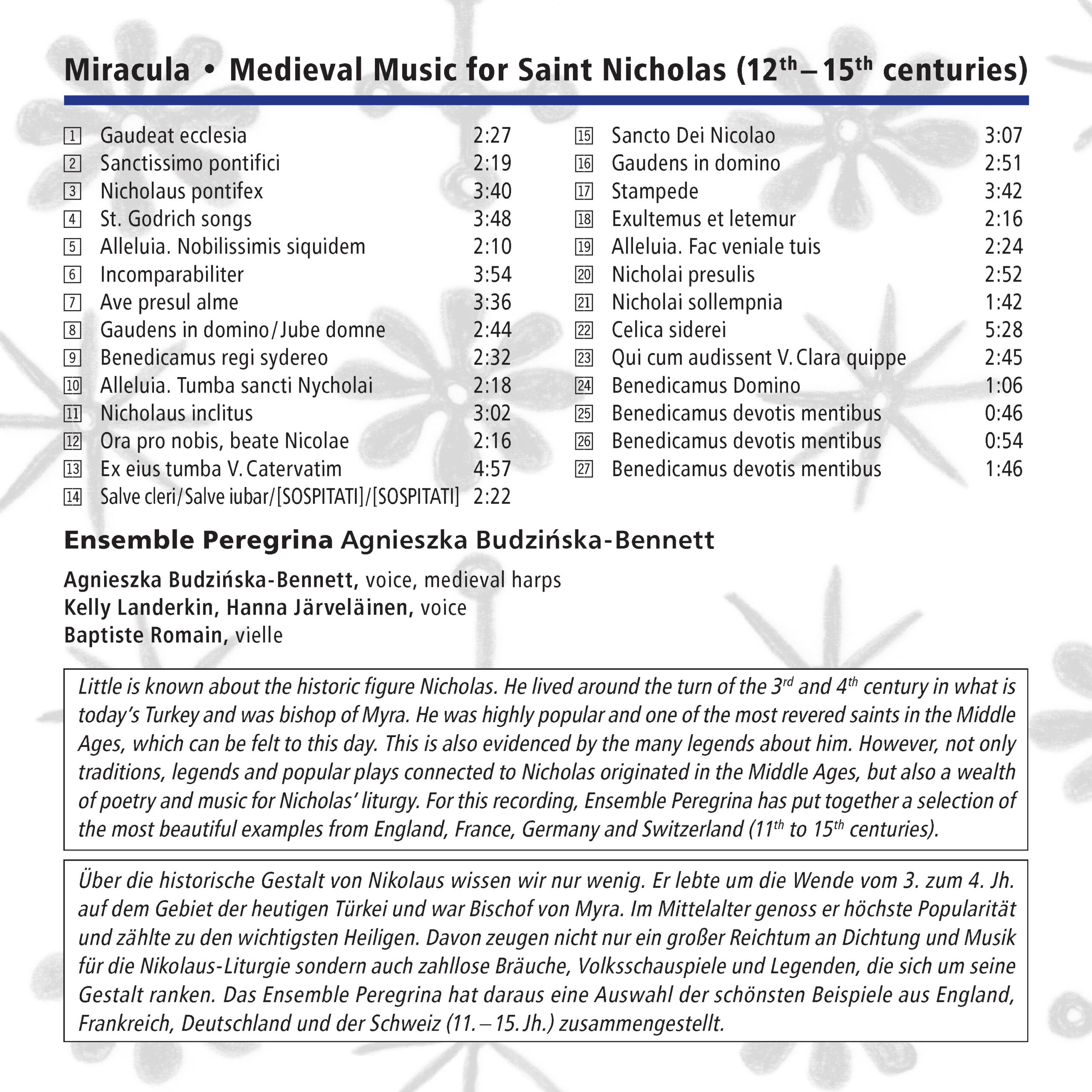

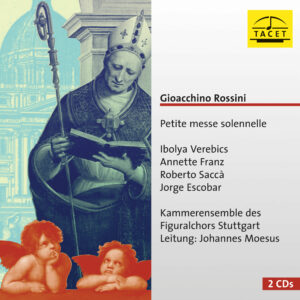
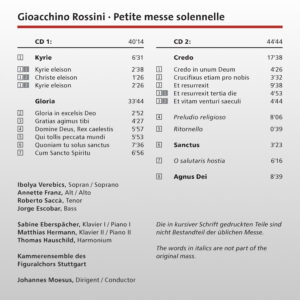

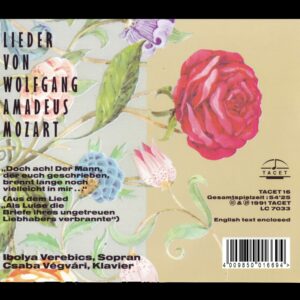
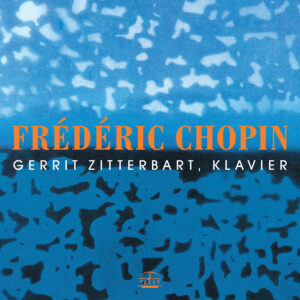
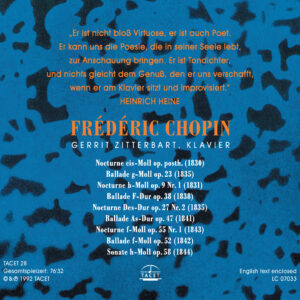
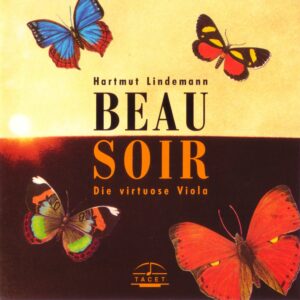
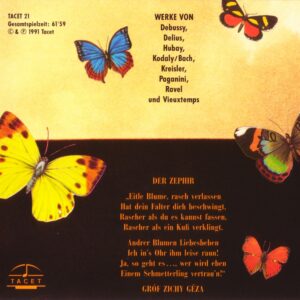
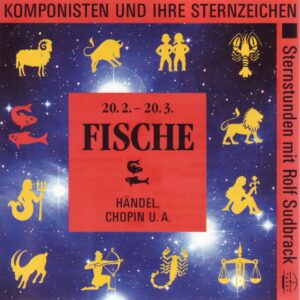

www.highfidelity.pl/ –
--> original review
In the Middle Ages the reverence of Saint Nicholas wasn't only limited to Christmas season, as it is today. Tacet, using this forgotten tradition, decided to release this album before December the 6th (2014).
Santa we know today was based on Saint Nicholas, also called Nikolaos of Myra a historic 4th-century Christian saint and Greek Bishop of Myra. The oldest historical records of him come from the 6th century. His name was removed from the official list of Catholic Church saints only by Vatican Council II.
Many musical pieces coming from England, France and Switzerland refer to this saint. Ensemble Peregrina chose almost 30 most interesting ones that were created between 11th and 15th century, and Andreas Spreer recorded them during a puristic session in Basel in November 2013. The ensemble was lead by Ms Agnieszka Budzi?ska-Bennett, ist founder – a Pole currently living in Switzerland. Ms Agnieszka graduated in Basel from Schola Cantorum Basiliensis and decided to stay in the city for good.
Wir kennen das Ensemble und seine Leiterin von ihren Aufführungen, zum Beispiel beim Misteria Paschalia Festival in Krakau. Wir wissen, dass sie sich auf die Aufnahme selten aufgeführter Musik spezialisiert haben – eine Aufnahme, an die ich mich sehr gut erinnere, ist „Filia Praeclara“, aufgenommen für Divox Antiqua mit Musik aus den Clarisse-Klöstern des 13. und 14. Jahrhunderts (2008). Sie diente mir als Referenzpunkt. Als zweite wählte ich „Legends of St Nicholas“ (1999) von Anonymous 4 mit ähnlicher Musik, aufgenommen für Harmonia Mundi France.
The music on the latest Ensemble recording delights with wonderful ease of flow, and with ist coherence. Although music performed by Anonymous 4 sounds already very well, Tacet sounds even better. A slightly higher pace of this music improves ist coherence.
Auch klanglich ist dies eine sehr interessante Aufnahme. Die Stimmen, aus derselben Perspektive wie auf der Harmonia Mundi-Aufnahme, scheinen aufgelöster zu sein, und die Akustik der Aufnahme wird besser und genauer dargestellt. Die Klangdefinition ist ebenfalls definitiv besser. Der Klang von Anonymous 4 konzentriert sich mehr auf den Mitteltonbereich und klingt daher wärmer. Es fehlt jedoch die Offenheit der Aufnahme von Herrn Spreer. Im Vergleich zeigt die Divox-Aufnahme, dass die Mikrofone während der Aufnahme sehr nah am Ensemble platziert wurden. Dies erzeugt den Eindruck eines sehr engen, direkten Kontakts zwischen den Ausführenden und dem Zuhörer, verändert jedoch auch die Klangfarbe der Aufnahme und macht sie etwas zu hell. „Miracula…“ ist eine wunderbare Aufnahme, die Tacets verdiente Reputation schön „aufrechterhält“.
Wojciech Pacuła, http://www.highfidelity.pl/
Revue Musicale Suisse –
--> original review
For listeners who are weary of medieval kitsch and believe that music from that era can be enjoyed without the addition of remotely related instruments and stylistic elements from other cultures or times, the Basel-based ensemble Peregrina, under the direction of Agnieszka Budziñska-Bennett since its founding in 1997, is a safe haven.
Their CD "Miracula," which gathers music honoring Saint Nicholas from various centuries, is in the best tradition of this ensemble. The sound of the women's voices and instruments is close, warm, not overly reverberant; the program is carefully selected and arranged. The instrumental setups are varied: sometimes a voice is accompanied by instruments, sometimes a vocal solo is heard, sometimes there is a question-and-answer play between the lead singer and tutti (with an ensemble of three singers, the term "choir" may not be appropriate). In the first monophonic pieces, the ear is tuned, and it begins to perceive subtle differences so that the introduction of polyphony, which occurs only at Track 8 (in the beautiful Conductus "Gaudens in domino / Iube domne silencium"), feels truly overwhelming. Dance movements (like the Estampie "Nicholaus inclitus," Track 11) are also present alongside vocal pieces.
Because Saint Nicholas enjoyed widespread veneration both then and now, the pieces on the CD come from all over Europe. From Switzerland, you can hear the Saint Gall Benedicamus trope "Nicholai sollempnia" (Track 21). In short, with 27 tracks, there is music for every taste. The last three pieces, based on an almost identical trope text (Benedicamus devotis mentibus), provide a small surprise: the last one was only created around 1500 in Verona, proving that the taste for "simple" polyphony persisted well beyond the temporal boundaries of the Middle Ages.
Small oversights in the editing of the booklet lead to the only disadvantageous remarks in this review: a typo has occurred on the spine title (Miralula), and the sequence of the pieces in the booklet does not quite match the sequence on the CD (Tracks 11 and 12 are swapped), which can cause slight confusion.
Claudio Bacciagaluppi
American Record Guide –
--> original review
This wide-ranging collection of medieval music in honor of St Nicholas includes monophonic rondelli from Notre Dame in Paris, polyphonic conductus, and liturgical chant from his feast-day. In compiling this program, Budzinska-Benett has also retexted a few pieces to fit the recording’s theme, but only when she could identify that they were based on earlier chants for St Nicholas.
As in Ensemble Peregrina’s earlier recordings (M/J & J/A 2011, N/D 2012, J/A 2013, M/J 2014), the performances are excellent. Many of the tracks include improvised vielle accompaniments that are quite inventive but often very elaborate—they can detract from the elegance and clarity of the singing. The booklet is very informative both about the music and the rationale behind the performance and includes full texts and translations.
© 2015 American Record Guide
Charles Brewer
TOCCATA-ALTE MUSIK AKTUELL, Nummer 75 –
(...) The interpretation of the various sources is once again impeccable. After all, this ensemble is now considered one of the leading medieval ensembles and a top representative in terms of research, discovery, and interpretation of the subject. With the Miracles of Saint Nicholas, they have once again achieved a great success.
Robert Strobl
Klassik heute –
--> original review
It's great to hear that Ensemble Peregrina continues to deliver excellent performances, and the informative booklet adds value to the listening experience. The combination of improvised vielle accompaniments and clear singing, although potentially elaborate, seems to contribute to the overall quality of the recordings. The inclusion of full texts and translations in the booklet enhances accessibility for listeners. If you have any specific questions or if there's anything else you'd like to know, feel free to ask!
The Peregrina Ensemble, founded in 1997 in Basel by Polish singer and musicologist Agnieszka Budziñska-Bennett, explores and interprets sacred and secular music from 12th to 14th-century Europe. In addition to Agnieszka Budziñska-Bennett, who also plays medieval harps, the group includes singers Kelly Landerkin and Hanna Järveläinen, as well as Baptiste Roman on the fiddle. "Peregrina's interpretation and style are based on original source materials and treatises, as well as the latest musicological and historical research. The ensemble strives for maximum proximity to the sources in its performance practice, without sacrificing vocal balance and sound beauty," according to Peregrina's self-presentation on the ensemble's website.
Mit einer reichen Auswahl von liturgisch gebundener und volkstümlicher Musik, die zum größten Teil von Agnieszka Budziñska-Bennett aus mittelalterlichen Codices transkribiert worden ist, macht Peregrina seinem Namen alle Ehre – dazu wieder das Ensemble selbst: „Der Name Peregrina, die Umherziehende, spielt auf den Musik- und Ideentransfer im mittelalterlichen Europa an, gleichzeitig aber reflektiert er auch die persönlichen Reisen der Sängerinnen selbst.“
The listener can embark on a journey into the 12th to 14th centuries with this music in honor of Saint Nicholas, thanks to the extremely clear and pitch-perfect singing of the three ladies. It not only provides an intellectual pleasure in the very different but highly skillful polyphony of the Middle Ages but can also convey a mood of meditative calm through immersion in the intricate musical lines. Special mention should also be made of the outstanding sound engineering with which this music has been captured by the Tacet label.
Detmar Huchting
Südkurier Nr. 264 –
These sounds waft to us from a long time ago. Medieval music, once composed in honor of Saint Nicholas, who nowadays has succumbed to commercialization as the red-capped Santa Claus. Even though we may not truly understand this music anymore, the focused tranquility of the melodies and their sparse counterpoint convey something from a distant time when there were no Christmas markets. It is beautifully sung and played here.
Frank Armbruster